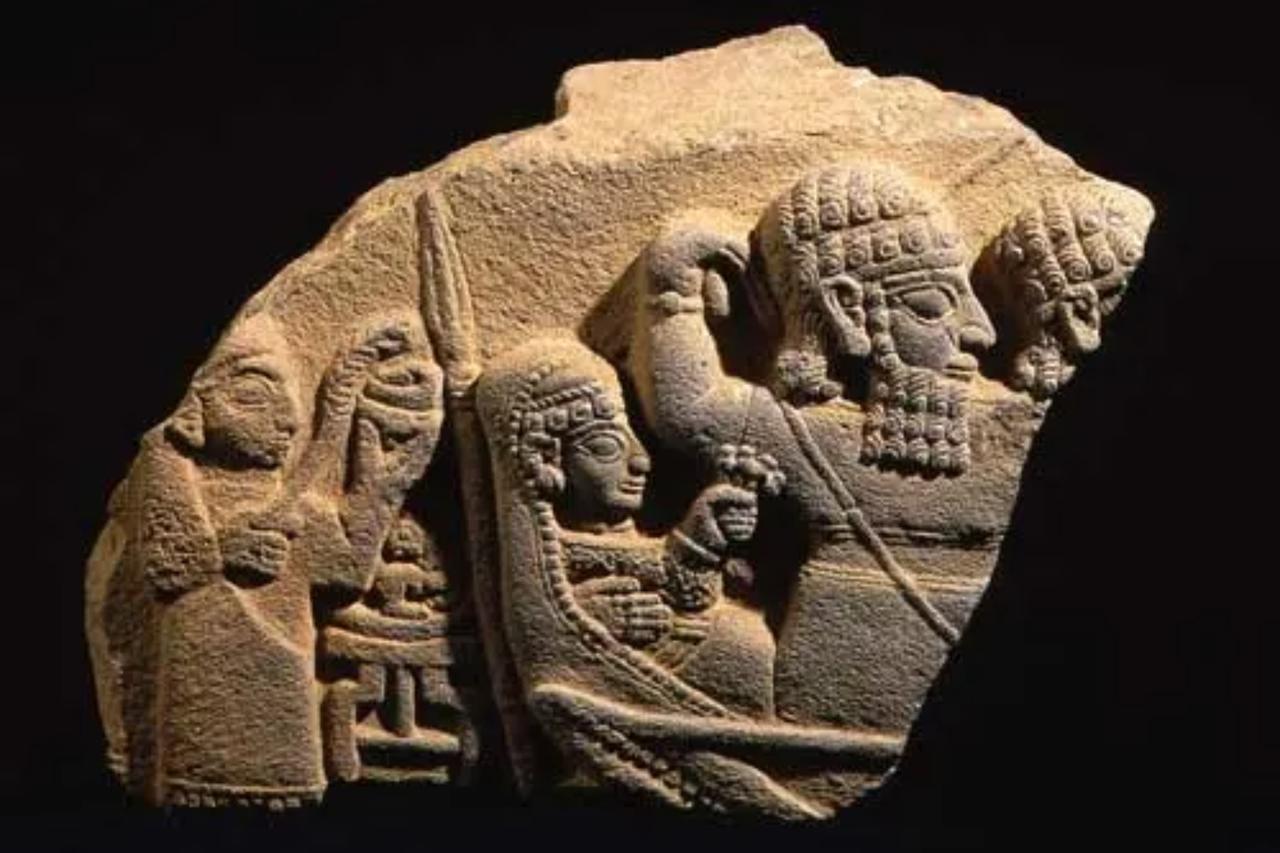
A groundbreaking doctoral thesis from Middle East Technical University (METU) has brought new insights into the cultural and religious role of pigs in Hittite society during the Late Bronze Age. The study by Ebru Gizem Ayten, titled “Hittite Pig Taboo and Pigs in Anatolia”, integrates zooarchaeological evidence with Hittite textual records to reveal a striking contradiction between religious restrictions and daily practices.
The research shows that while pigs were among the earliest domesticated animals in the Near East, they gradually came to be considered impure in many cultures. Hittite religious texts explicitly described pigs as unclean and demanded that they be kept away from sacred spaces such as temples.
Despite these prohibitions, archaeological remains from several Hittite settlements confirm that pig husbandry and consumption continued, though on a smaller scale compared with sheep, goats, and cattle.
Ayten’s study examined faunal remains from four key Late Bronze Age sites: Ortakoy/Sapinuwa and Kayalipınar/Samuha in central Anatolia, and Tell Atchana/Alalakh and Kinet Hoyuk in the south. These sites, which include both political-religious centers and frontier settlements, reveal significant variation in pig use.
In Sapinuwa, ritual areas contained pig sacrifices, while domestic contexts in Kinet Hoyuk (Mound) indicated everyday pig husbandry. This contrast highlights how attitudes toward pigs shifted depending on whether the context was sacred, military, or domestic.
Textual sources and archaeological evidence together suggest that pigs played a dual role in Hittite society. On the one hand, they were avoided in sacred contexts and seen as ritually impure. On the other hand, they were used in fertility and purification rituals, funerary rites, and even military provisioning. Laws regulating pig ownership and depictions of pigs in Hittite art further point to their ongoing economic and symbolic importance.
Rather than proving a universal ban, the study demonstrates that the so-called pig taboo in Hittite culture was context-specific and tightly controlled by religious authorities.
The findings indicate that food taboos in ancient Anatolia functioned less as blanket prohibitions and more as mechanisms of symbolic boundary-making, helping to define what was pure, impure, sacred, or profane.